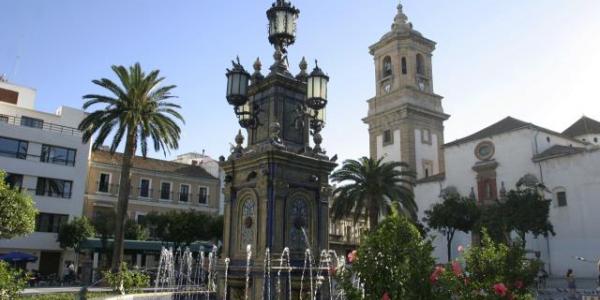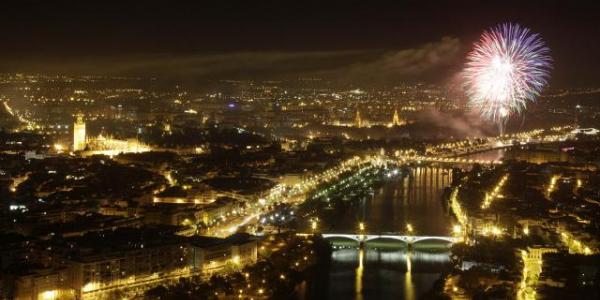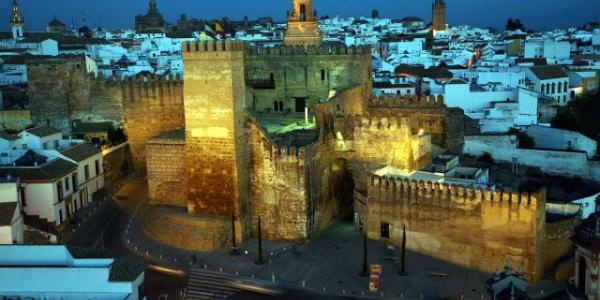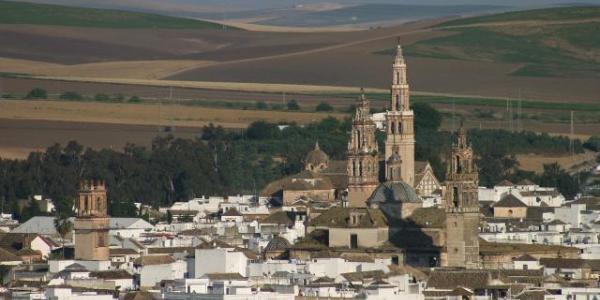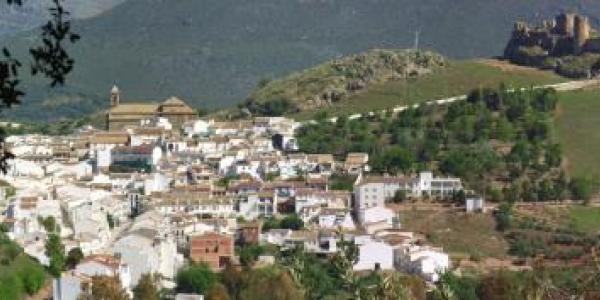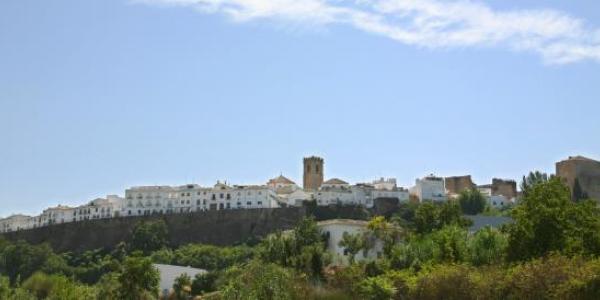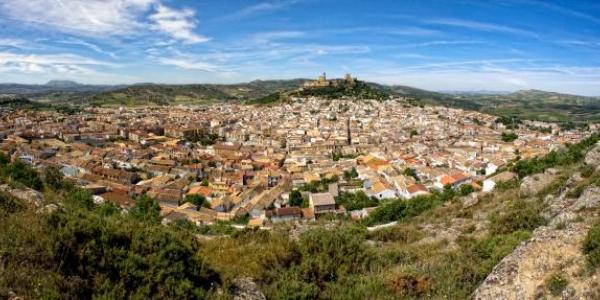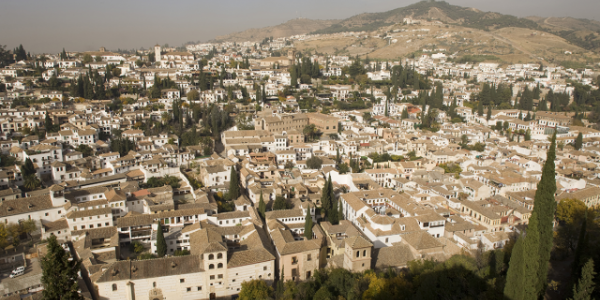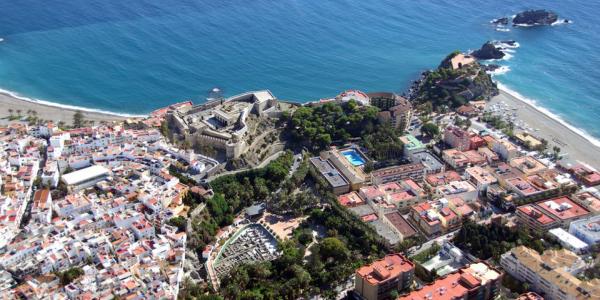The walled town

Using an area smaller to that which existed in Roman times, the Moors and particularly the Almohads of the 12th century constructed a fortification which included the governor's alcazar and a fortified precinct, fragments of which still exist between the houses. The octagonal tower of in the Quintana square is the most important of the thirty towers, of which there are still remains.
The Parish Church of Santa Cruz

This unfinished church represents the principal events in local history. It seems likely that the first Christian cathedral stood on this site, where the Muslims installed the Great Mosque and of which there still remains the arcaded patio and two epigraphs in Arabic of the 10th century, inlayed in the tower. The work of the mediaeval Christians is manifest in the elaborate Mudejar façade with plasterwork in the patio and the Renaissance in the belfry, linked with the Giralda in Seville. The church was destroyed by the 1755 earthquake and reconstructed between 1776 and 1836, in the form of a neo-classical edifice, which has never been completed. Inside, there is the important chapel of Nuestra Señora del Valle, the early Christian sarcophagus, dating from the end of the 5th century, with relieves of the Good Shepherd on the Altar, the magnificent silver monstrance, gold and silver pieces, altarpieces, paintings and sculpture.
Plaza de España, el Salón

This is the hub of local life. There is a fountain in the centre, overlooked by the Town Hall, an authentically historic building with a collection of admirable Roman mosaics in the chapter house. The church and convent of San Francisco stand along the same side of the square and various houses with shops below are a good example of popular Castilian architecture. The miradores also stand out, tall buildings with porches and tiered windowed balconies to enable the easy observation of public festivities held in the square.
The Benamejí Palace and Local History Museum

This splendid palace dating from the early 18th century, with two lookout towers and a stone-carved portal, houses the local museum, which exhibits archaeological remains –mosaics, ceramics and other pieces– and explanatory panels about the town's past, in four rooms and the fifth room is dedicated to the horse. The building itself is spectacular, with a galleried patio, a splendid stairwell, horseblock and stables.



